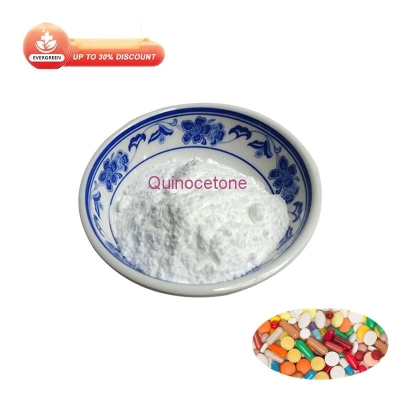-
Categories
-
Pharmaceutical Intermediates
-
Active Pharmaceutical Ingredients
-
Food Additives
- Industrial Coatings
- Agrochemicals
- Dyes and Pigments
- Surfactant
- Flavors and Fragrances
- Chemical Reagents
- Catalyst and Auxiliary
- Natural Products
- Inorganic Chemistry
-
Organic Chemistry
-
Biochemical Engineering
- Analytical Chemistry
- Cosmetic Ingredient
-
Pharmaceutical Intermediates
Promotion
ECHEMI Mall
Wholesale
Weekly Price
Exhibition
News
-
Trade Service
8-Bromo-1-octanol is an organic compound commonly used as a building block in the synthesis of various chemicals, pharmaceuticals, and personal care products.
Its synthetic routes can be broadly classified into three categories: conventional, enzymatic, and biotechnological.
This article will provide an overview of the most commonly used synthetic routes for 8-bromo-1-octanol and their respective advantages and disadvantages.
Conventional Synthetic Routes
The conventional synthetic routes for 8-bromo-1-octanol involve the use of chemical reactions and are generally carried out in several steps.
The most common route involves the reaction of 1-octanol with excess bromine water in the presence of a Lewis acid catalyst such as aluminum chloride.
This reaction results in the formation of 8-bromo-1-octanol, which is then distilled and purified to obtain a pure sample.
Another conventional synthetic route involves the reaction of 1-octene with hydrogen bromide in the presence of a metal catalyst such as palladium on barium oxide.
This reaction results in the formation of 8-bromo-1-octanol, which can then be purified by distillation.
Advantages of Conventional Synthetic Routes
The conventional synthetic routes for 8-bromo-1-octanol have been well-established and are relatively simple and straightforward.
They are also easily scalable, making it possible to produce large quantities of 8-bromo-1-octanol for industrial applications.
In addition, the cost of raw materials and equipment is relatively low, making the production of 8-bromo-1-octanol economically viable.
Disadvantages of Conventional Synthetic Routes
The conventional synthetic routes for 8-bromo-1-octanol have several disadvantages.
The use of bromine water and hydrogen bromide can be hazardous, and the handling of these reagents requires specialized equipment and training.
In addition, the reaction conditions can be harsh, resulting in low yields and high levels of impurities.
Finally, the purification of 8-bromo-1-octanol by distillation can be time-consuming and costly.
Enzymatic Synthetic Routes
The enzymatic synthetic routes for 8-bromo-1-octanol involve the use of enzymes to catalyze the chemical reactions.
One of the most commonly used enzymes is camphor-sulfonate lyase, which is responsible for the conversion of 1-octanol to 8-bromo-1-octanol.
This reaction is carried out in the presence of a bromide salt and a solvent such as acetone or ethanol.
The reaction mixture is then filtered, and the desired product is obtained by precipitation with a base such as sodium hydroxide.
Advantages of Enzymatic Synthetic Routes
The enzymatic synthetic routes for 8-bromo-1-octanol offer several advantages over the conventional routes.
The use of enzymes reduces the harshness of the reaction conditions, resulting in higher yields and lower levels of impurities.
The reaction can also be carried out at lower temperatures and pressure, reducing the energy requirements for the process.
In addition, the use of enzymes eliminates the need for hazardous reagents such as bromine water and hydrogen bromide.
Disadvantages of Enzymatic Synthetic Routes
The enzymatic synthetic routes for 8-bromo-1-octanol have several disadvantages.
The cost of enzymes is relatively high compared to conventional synthetic routes, making the production of 8-bromo-1-octanol more expensive.
In addition, the choice of enzyme and the reaction conditions can significantly affect the yield and purity of the desired product.
Finally, the purification of 8-bromo-1-octanol by precipitation can be







